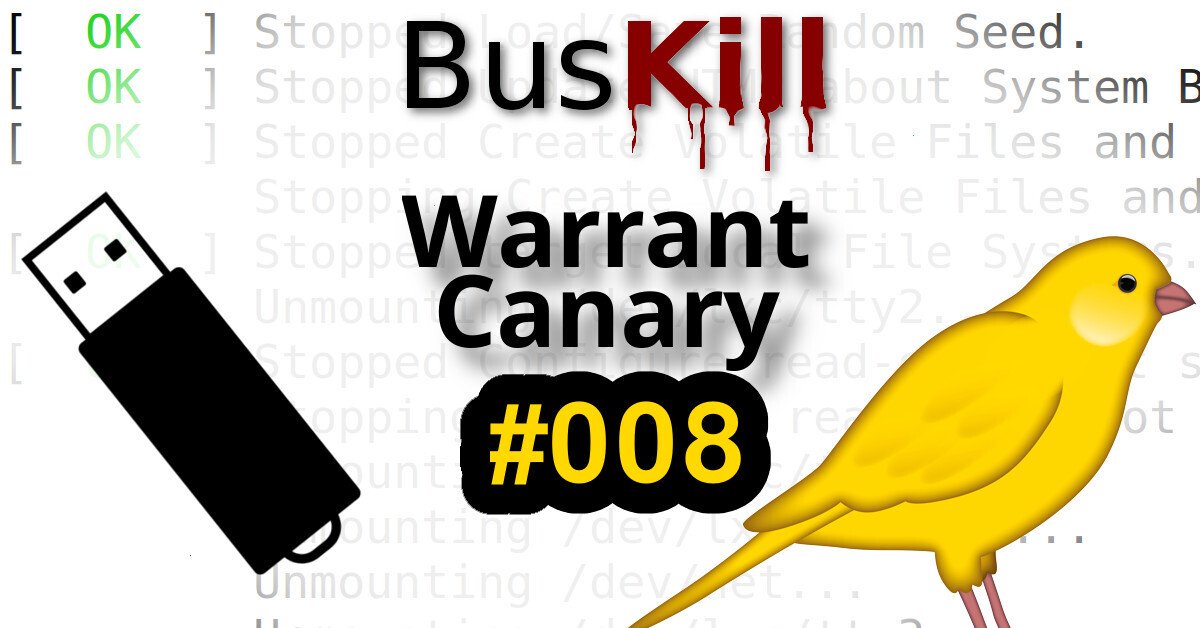Reposted from: https://lemmings.world/post/10865023
1. Recognize the common signs
• Urgent or emotionally appealing language • Requests to send personal or financial information • Unexpected attachments • Untrusted shortened URLs • Email addresses that do not match the supposed sender • Poor writing/misspellings (less common)
2. Resist and report Report suspicious messages by using the “report spam” feature. If the message is designed to resemble an organization you trust, report the message by alerting the organization using their contact information found on their webpage.
I have found also these phishing reporting pages:
SITE: https://safebrowsing.google.com/safebrowsing/report_phish/
SITE: https://www.ncsc.gov.uk/section/about-this-website/report-scam-website
SITE: https://www.scamwatcher.com/scam/add?type=fraudulent_website
SITE/EMAIL: https://report.netcraft.com/report ( scam [*AT*] netcraft [*D0T*] com - for a phishing/fraud mail forwarding )
EMAIL: https://www.ncsc.gov.uk/collection/phishing-scams/report-scam-email#section_1 - forward phish mail to report [*AT*] phishing [*D0T*] gov [*D0T*] uk
EMAIL: https://apwg.org/reportphishing/ ( reportphishing [*AT*] apwg [*D0T*] org - forward phishing mail as attachment if possible )
EMAIL: phishing-report [*AT*] us-cert [*D0T*] gov (phishing message should be sent as attachment possibly or its full source code in a message BODY.)
OTHER: https://www.knowbe4.com/free-phish-alert (email client extension)
feedback or new additions are welcome
3. Delete Delete the message. Don’t reply or click on any attachment or link, including any “unsubscribe” link. The unsubscribe button could also carry a link used for phishing. Just delete
Source: https://www.cisa.gov/secure-our-world/recognize-and-report-phishing
Send this to your friends, especially internet beginners.


